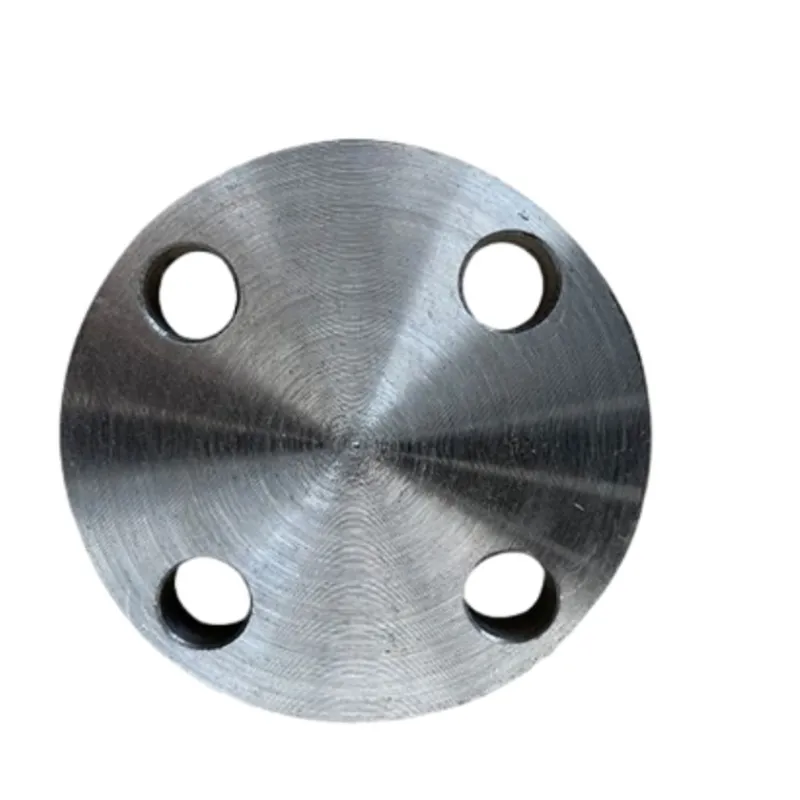-
Cangzhou Yulong Steel Co., Ltd.
-
Phone:
+86 13303177267 -
Email:
admin@ylsteelfittings.com
- English
- Arabic
- Italian
- Spanish
- Portuguese
- German
- kazakh
- Persian
- Greek
- French
- Russian
- Polish
- Thai
- Indonesian
- Vietnamese
- Zulu
- Korean
- Uzbek
- Hindi
- Serbian
- Malay
- Ukrainian
- Gujarati
- Haitian Creole
- hausa
- hawaiian
- Hebrew
- Miao
- Hungarian
- Icelandic
- igbo
- irish
- Japanese
- Javanese
- Kannada
- Khmer
- Rwandese
- Afrikaans
- Albanian
- Amharic
- Armenian
- Azerbaijani
- Basque
- Belarusian
- Bengali
- Bosnian
- Bulgarian
- Catalan
- Cebuano
- China
- China (Taiwan)
- Corsican
- Croatian
- Czech
- Danish
- Esperanto
- Estonian
- Finnish
- Frisian
- Galician
- Georgian
- Kurdish
- Kyrgyz
- Lao
- Latin
- Latvian
- Lithuanian
- Luxembourgish
- Macedonian
- Malgashi
- Malayalam
- Maltese
- Maori
- Marathi
- Mongolian
- Myanmar
- Nepali
- Norwegian
- Norwegian
- Occitan
- Pashto
- Dutch
- Punjabi
- Romanian
- Samoan
- Scottish Gaelic
- Sesotho
- Shona
- Sindhi
- Sinhala
- Slovak
- Slovenian
- Somali
- Sundanese
- Swahili
- Swedish
- Tagalog
- Tajik
- Tamil
- Tatar
- Telugu
- Turkish
- Turkmen
- Urdu
- Uighur
- Welsh
- Bantu
- Yiddish
- Yoruba

Nov . 05, 2024 04:17 Back to list
flanged strainer
Understanding Flanged Strainers Essential Components in Fluid Systems
Flanged strainers are critical components in various industrial applications, particularly those involving fluid transport systems. They serve a fundamental purpose by ensuring the smooth operation of pumps, valves, and other equipment by preventing particles and debris from entering the fluid flow. This article delves into the significance of flanged strainers, their design features, types, applications, and maintenance practices to ensure optimal performance.
What are Flanged Strainers?
Flanged strainers are devices installed in pipelines to filter out unwanted particles from liquids and gases. They typically consist of a cylindrical body with flanges at both ends, allowing for easy connection to a piping system. The strainer features a mesh or perforated screen that captures contaminants and helps maintain the integrity of the fluid system.
Design Features
One of the key design features of flanged strainers is their flanged connection. This design allows for easy installation and removal, making maintenance and inspections straightforward. They are often constructed from durable materials such as stainless steel, cast iron, or carbon steel, ensuring they can withstand high pressure and temperature conditions. The choice of material typically depends on the type of fluid being filtered and the working environment.
Flanged strainers are equipped with different types of screens based on the application requirements. For instance, wire mesh screens provide excellent filtration for smaller particles, while perforated plates are used for larger debris. Additionally, strainers come in various sizes, ensuring compatibility with different piping systems.
Types of Flanged Strainers
There are several types of flanged strainers, each designed for specific applications
1. Y-Strainers These have a Y-shaped design, making them compact and suitable for tight spaces. They are typically used in low-pressure applications and can easily be cleaned by removing the screen.
2. Basket Strainers Featuring a larger filtering area, basket strainers are ideal for systems with higher debris loads. They can retain a significant amount of contaminants before needing maintenance.
3. Temporary Strainers These are often used during the commissioning stages of a pipeline system to protect downstream equipment until permanent strainers are installed.
4. Automatic Strainers These are equipped with self-cleaning mechanisms, allowing for continuous operation without manual maintenance, making them suitable for processes where downtime is not an option.
flanged strainer

Applications
Flanged strainers are utilized across various industries, including
- Water Treatment In water treatment plants, flanged strainers play a crucial role in removing debris and particulates from the incoming water supply to ensure cleaner output.
- Oil and Gas In the oil and gas sector, these strainers protect pumps and compressors from solid contaminants that can cause wear and tear, ensuring efficient operations.
- Chemical Processing Flanged strainers are used in chemical plants to maintain product purity and protect sensitive equipment from fouling.
- HVAC Systems In heating, ventilation, and air conditioning systems, strainers help maintain operational efficiency by preventing scale and debris buildup.
Maintenance
To ensure proper operation and longevity of flanged strainers, regular maintenance is essential. This includes
- Routine Inspections Checking for signs of wear, leaks, or blockages.
- Cleaning Depending on the type of strainer, the screen may need to be cleaned or replaced periodically to maintain flow efficiency.
- Testing Conducting flow tests to ensure that the strainer is functioning correctly and not impeding fluid flow.
In conclusion, flanged strainers are vital components that play a significant role in protecting fluid transport systems across various industries. By understanding their design features, types, applications, and maintenance needs, operators can ensure the reliability and efficiency of their processes, ultimately contributing to safety and productivity in industrial operations.
Latest news
-
ANSI 150P SS304 SO FLANGE
NewsFeb.14,2025
-
ASTM A333GR6 STEEL PIPE
NewsJan.20,2025
-
ANSI B16.5 WELDING NECK FLANGE
NewsJan.15,2026
-
ANSI B16.5 SLIP-ON FLANGE
NewsApr.19,2024
-
SABS 1123 FLANGE
NewsJan.15,2025
-
DIN86044 PLATE FLANGE
NewsApr.19,2024
-
DIN2527 BLIND FLANGE
NewsApr.12,2024
-
JIS B2311 Butt-Welding Fittings LR/SR 45°/90° /180°Seamless/Weld
NewsApr.23,2024











